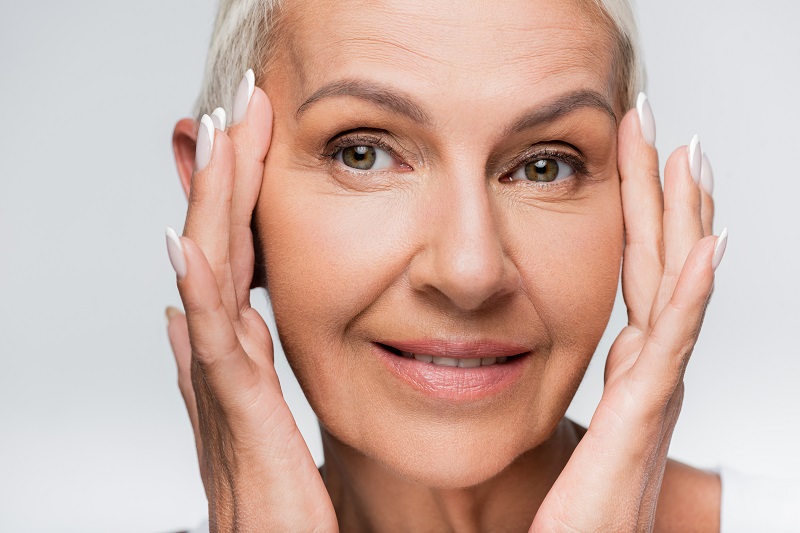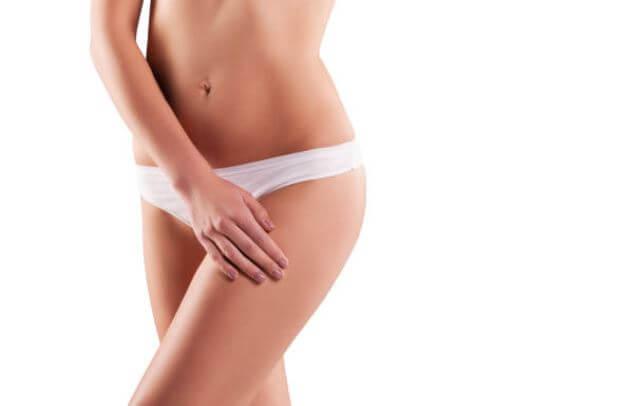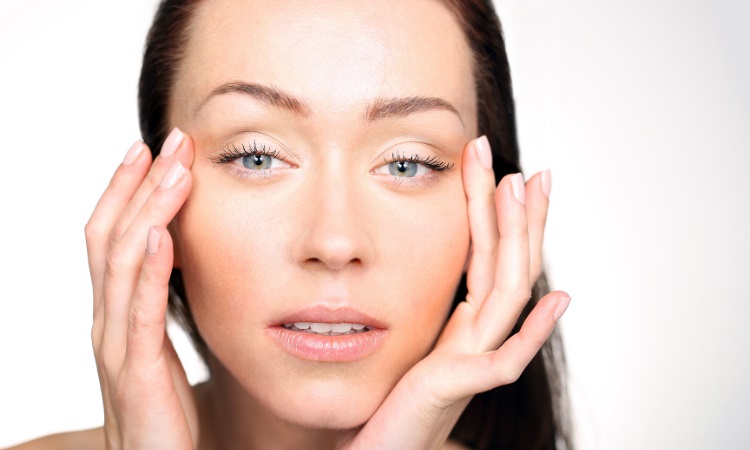Best Areas Of The Face For Botox
March 14, 2021
The primary cosmetic use for Botox and other botulinum neurotoxins is to inhibit the function of facial muscles of expression. These muscles are superficially located (just beneath the skin) and attach directly to the skin. When they contract, they create facial expressions such as frowning, squinting, raising of the eyebrows, smiling, and pursing of the lips. Facial expressions are important for communicating one’s emotional state and convey meaning to onlookers, either by themselves (nonverbally) or associated with spoken words.

People who are overly animated or expressive use their facial muscles of expression more than most people. The downside of overuse of these muscles is that they cause wrinkles in the skin. Over time, as the skin ages (mostly the result of sun damage), facial wrinkles deepen. Botulinum toxins can temporarily paralyze these muscles and soften the corresponding wrinkles. These toxins are the only FDA-approved medications for this purpose.
Many people mistakenly think that Botox itself will “get rid of wrinkles.” Botox treatment will prevent the temporary worsening of wrinkles that occurs during active muscle expression (active wrinkling) but will not improve the baseline wrinkles that persist even if the muscles are totally relaxed (static wrinkling). Static wrinkles are a structural skin feature (they are “etched” in the skin) and can only be improved with a direct skin procedure such as a filler injection or laser resurfacing.
Take the Next Step
If you have further questions about Botox , we encourage you to schedule a consultation at The Langdon Center in Guilford, CT. Call us at 203-453-8625 or fill out our convenient online contact form.
The three most common facial areas treated with Botox for wrinkle reduction are the frown lines (vertical wrinkles in the glabella area, between the eyebrows), the “crow’s feet” area in the temple to the side of the eyes (caused by squinting), and the horizontal forehead wrinkles (caused by raising the eyebrows). Of these three, the “best” area to treat with Botox is the frown lines. This is because the treated muscles (corrugators and procerus) can be totally paralyzed with no negative side effects. Frowning is a universally negative expression (not necessary unless you want to look mean or angry or are an actor who is playing the bad guy), so there is no downside to being unable to do so.
Botox treatment of the forehead (frontalis) muscles (there is one on each side of the forehead) will improve horizontal forehead wrinkles, but if these muscles are too weak, the position of the eyebrows will go lower. A lowered brow will increase redundant skin in the upper eyelids and thus make this area appear heavier with a “tired” look. People undergo upper eyelid blepharoplasty in order to reduce skin redundancy in this area. Because there is a downside to over-treating the frontalis, the goal in treating the forehead should be to weaken these muscles but not to totally paralyze them.
I’m glad I chose to move forward with Dr Langdon. His professionalism and great follow through made me feel welcomed and confident I made the rite choices! His staff is always friendly and willing to help. I will only choose the Langdon center for
My beauty needs!
The crow’s feet wrinkles are caused by squinting (contracting the outer part of the orbicularis, a round muscle that totally encircles the eyes). The orbicularis is the muscle that is targeted by Botox treatment in this area. Unfortunately, crow’s feet wrinkles can also worsen when the patient smiles. This is because of the muscles that lift the corner of the mouth with smiling push the cheek higher. In people whose crow’s feet wrinkles get significantly deeper with smiling, an improvement from Botox treatment of the orbicularis may be limited.
In summary, of the three facial areas discussed, the frown lines are the best facial area for Botox treatment in order to reduce wrinkles.







